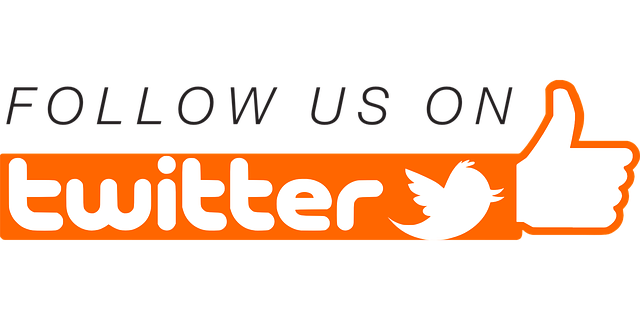Licensed & Certified Massage Therapist
If you are looking for a good career you can be a certified "licensed massage therapist"
About Medical Massage Therapy
What is MEDICAL MASSAGE? Medical Massage is sometimes defined as medically necessary massage usually prescribed by a physician. Medical massage is generally practiced with a goal focused on health improvement to patients
Medical massage therapy is helpful to people who suffer from repetitive motion injuries, Thoracic Outlet Syndrome, muscle spasms, neuromuscular conditions, Carpal Tunnel Syndrome, chronic headaches, whiplash, rotator cuff injuries, and soft-tissue injuries as well.
According to an article written by Licensed Certified Massage Therapist and Instructor Boris Prilutsky - "Medical Massage has been clinically and scientifically shown to bring about a vasodilator effect which significantly reduces cardiac work."
Additionally, medical massage increases blood supply to skeletal muscles and other body components. Furthermore, medical massage is also evidenced to stimulate the nervous system as well. Overall, medical massage is a noninvasive therapy that produces beneficial health results to those experiencing numerous health-related illnesses and injuries.
If you are interested in obtaining information or education about medical massage, are seeking a certified massage therapist, or are interested in enrolling in a medical massage school, please feel free to peruse a holistic practitioners and/or healing arts schools' directories at Holistic Junction today!
by C. Bailey Lloyd Lady Camelot
Hands-On Health
The Healing Benefits of Massage
The healing power of human touch is a positive experience that many people enjoy through therapeutic massage or bodywork. The effects of a good massage go much deeper than the skin's surface. Massage can:
1) Help improve circulation of the blood and lower blood pressure. 2) Act as a detoxification system by propelling toxic waste products through the lymphatic system. 3) Help to improve muscle tone and prevent muscular atrophy resulting from inactivity or illness. 4) Reduce emotional stress and promote a sense of well-being.
How can something as simple as this hands-on therapy have so many positive benefits? A tense or painful muscle is one which is often chronically contracted. In an acute situation such as recent injury, the muscle can be in actual spasm. This contraction or spasm decreases the flow of blood to the muscle, which leads to a decrease in the nutrient and oxygen supply to the cells of the muscle and related nerves. A chronically contracted muscle will build up lactic acid, a sign of fatigue. This oxygen shortage and lactic acid buildup irritates the nerve cells, which perpetuates the contracted muscles. Massage can help remove the lactic acid and other metabolic waste products from the cells and reverse this process, interrupting the vicious cycle of pain-spasm-pain.
There are a multitude of massage styles which are beneficial, depending upon the individual's needs and preferences. They include:
Swedish Massage: this is the basic "relaxation" style of bodywork, which uses long strokes, squeezing and kneading. The Swedish practitioner helps to improve circulation by working to loosen or relax the superficial layers of muscle. This type of massage is particularly useful for muscles which are already sore from stress or a tough workout, as it is often more gentle than other styles.
Sports Massage: this form of massage works on a deeper level of musculature or connective tissue. This style fits more with the "no pain, no gain" philosophy. The therapist uses slow, hard strokes and deep, sustained finger pressure to work deeply into the contracted muscles, fascia and tendons. This technique increases flexibility, encourages muscles to work at their fullest capacity, and speeds up the healing process by reducing swelling following an injury. It is especially indicated for athletes and "week-end warriors" who suffer from tight or sore muscles.
Shiatsu and Acupressure: rather than being simply relaxing, this form of bodywork tends to be invigorating. Fingers, thumbs, fists and elbows are used to apply pressure to points along acupuncture meridians, which are believed to be the energy pathways of the body. The focus of this type of therapy is on relieving blocks in the pathways and rebalancing the flow of energy.
Reflexology and Zone Therapy: reflexology works on the assumption that parts of the feet (as well as parts of the ears and hands) correspond to other parts of the body's anatomy. In other words, stress or illness in a certain part of the body may show up as a painful or sensitive area on a specific area of the foot. Reflexologists apply pressure to the side, top or bottom of the feet to help reduce dysfunction in other parts of the body.
Not all techniques work for everyone, so make sure to inquire about the philosophy and style of the massage therapist you call. If your massage isn't as satisfying as you had hoped, don't give up. Try another therapist! Massage therapy schools are a cost-effective way to test out different styles of massage; senior students generally work for lower fees while they complete their internship.
There are a few conditions in which massage would not be a good option, such as marked inflammation, fever, significant swelling or very severe pain. But for the garden variety aches and pains that most of us experience, as well as for the general stresses of life, massage therapy by a licensed certified masage therapist is an outstanding way to treat ourselves to a positive, revitalizing experience.
by Nicky Pilkington




